Eco-Friendly Wood Polish Solutions: Shine Sustainably at Home
What Makes a Wood Polish Truly Eco-Friendly
01
Look for polishes built on renewable, biodegradable ingredients like beeswax, carnauba, and plant oils such as jojoba, walnut, or linseed. These nourish wood fibers, reduce reliance on petroleum, and avoid harsh residues that can dull finishes over time. Share your favorite clean ingredient combos in the comments!
02
Volatile organic compounds contribute to indoor air pollution and headaches. Eco-friendly wood polish solutions keep VOCs minimal by using gentle solvents like food-grade citrus extracts. Open windows, work slowly, and enjoy a fresh, natural scent instead of fumes. Subscribe for more low-VOC care guides and seasonal checklists.
03
Silicones can create a slick film that traps dust and complicates future refinishing. Petroleum distillates may shine fast but can off-gas. Choose transparent labels, short ingredient lists, and brands or recipes that clearly state sustainable sources. Ask questions below—our community loves comparing labels and sharing honest experiences.
DIY Recipes That Nourish Wood and the Planet
Melt one part grated beeswax with three parts jojoba oil over a gentle double boiler, stirring until silky. Cool, then massage into wood with a lint-free cloth, working along the grain. Buff after ten minutes. The finish feels velvety, water-resistant, and breathable. Comment if you prefer soft balm or firmer bars!
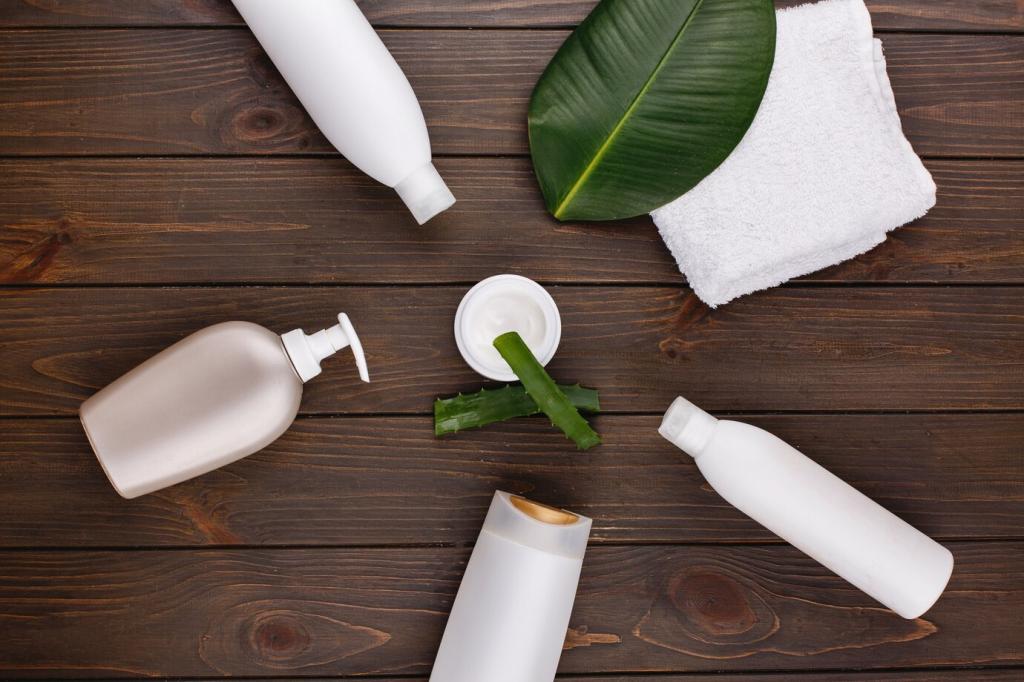
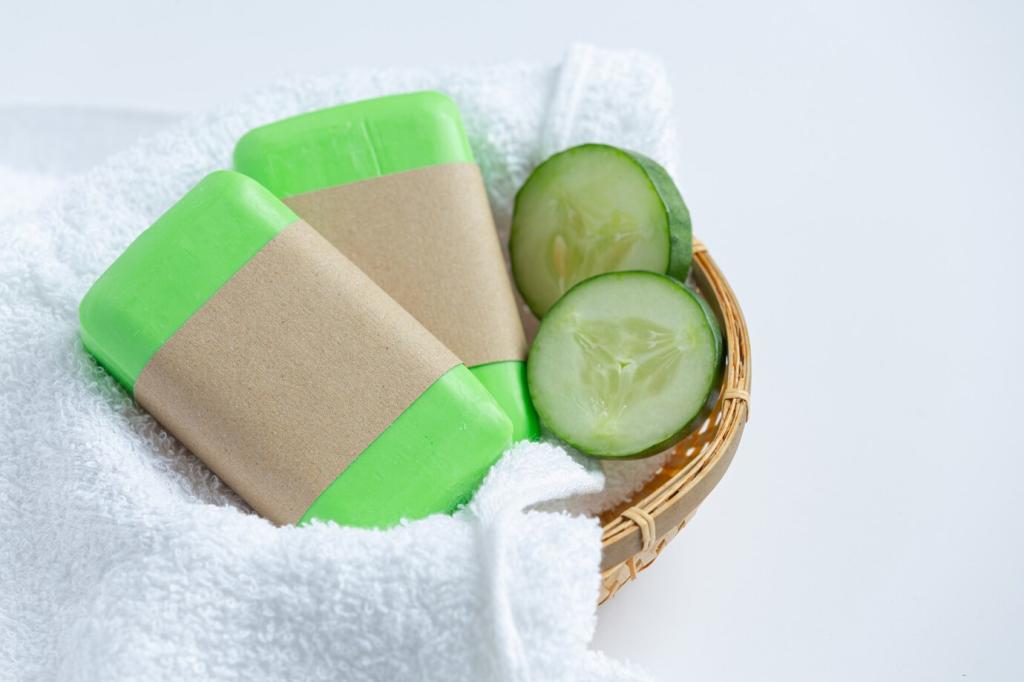
DIY Recipes That Nourish Wood and the Planet
Combine a teaspoon of food-grade d-limonene with one cup of fractionated coconut oil for a cleaner-polish hybrid. It loosens old wax haze while feeding dry patches. Always spot-test hidden areas and avoid unsealed, raw wood. The subtle orange aroma turns maintenance into a small ritual—tag us with your before-and-after photos.
Applying Green Polishes to Different Woods and Finishes
Pine and fir absorb oil quickly; over-application may cause blotches. Start with a tiny amount, spread evenly, and buff with light pressure. A second, very thin pass a day later often delivers the glow you wanted without residue. Tell us how your pine shelves responded and what cloths you found most effective.
Oak, maple, and walnut handle firmer buffing and slightly richer balms. Work in small circles, then follow the grain to finish. Let oxygen cure the wax before heavy use. If you notice drag while buffing, add a drop of oil to the cloth—not the surface. Share your go-to rhythms for dining tables and desks.
Shellac and lacquered pieces benefit from lighter, wax-forward blends to avoid softening the finish. Unfinished wood may enjoy oil-rich formulas, but spot-test to check darkening. If in doubt, consult the manufacturer’s finish details. Comment with questions—we’ll help decode finishes and point you to the right green routine.
Sourcing, Packaging, and the Bigger Sustainability Picture
Choose beeswax from ethical apiaries that support pollinator health, or plant-based waxes like carnauba and candelilla with transparent supply chains. Favor cold-pressed, food-grade oils when possible. Local sourcing reduces transport impacts and supports craftspeople. Drop a pin in the comments with your favorite regional suppliers.
Sourcing, Packaging, and the Bigger Sustainability Picture
Glass jars and metal tins outlast plastic, clean easily, and look beautiful on a shelf. Refill stations or bulk buys cut packaging waste. Save tiny tins for travel kits or giftable samples. Show us your refill hacks or label templates, and we’ll feature the smartest ideas in our next eco-roundup.
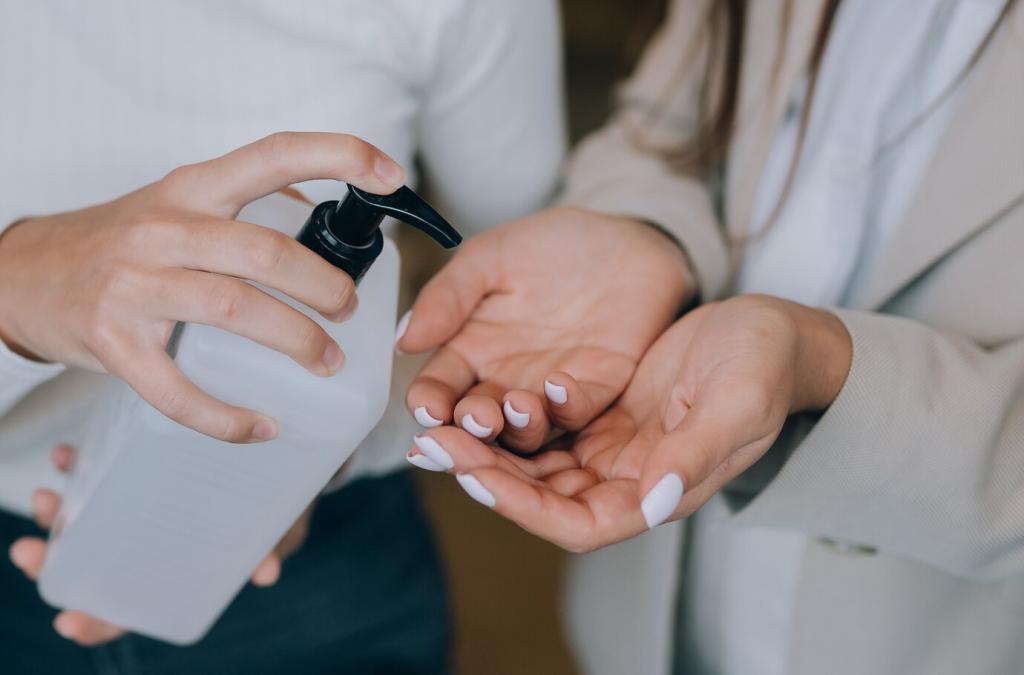
From Our Workshop: Stories, Wins, and Honest Lessons
A century-old table arrived cloudy and tired. Two feather-light passes of beeswax-jojoba lifted the haze, while a slow hand-buff unlocked a deep, nutty sheen. The family cried happy tears. Tell us your heirloom story, and we’ll help plan a cautious, green-first polishing strategy to protect those memories.
From Our Workshop: Stories, Wins, and Honest Lessons
At our neighborhood library, citrus-infused oil cut through sticky residue without overwhelming the quiet space. Volunteers learned to buff patiently, timing passes between patrons. The result: a breathable glow and cleaner air. Want to organize a volunteer polish day? Comment below—we’ll share checklists, labels, and safety pointers.
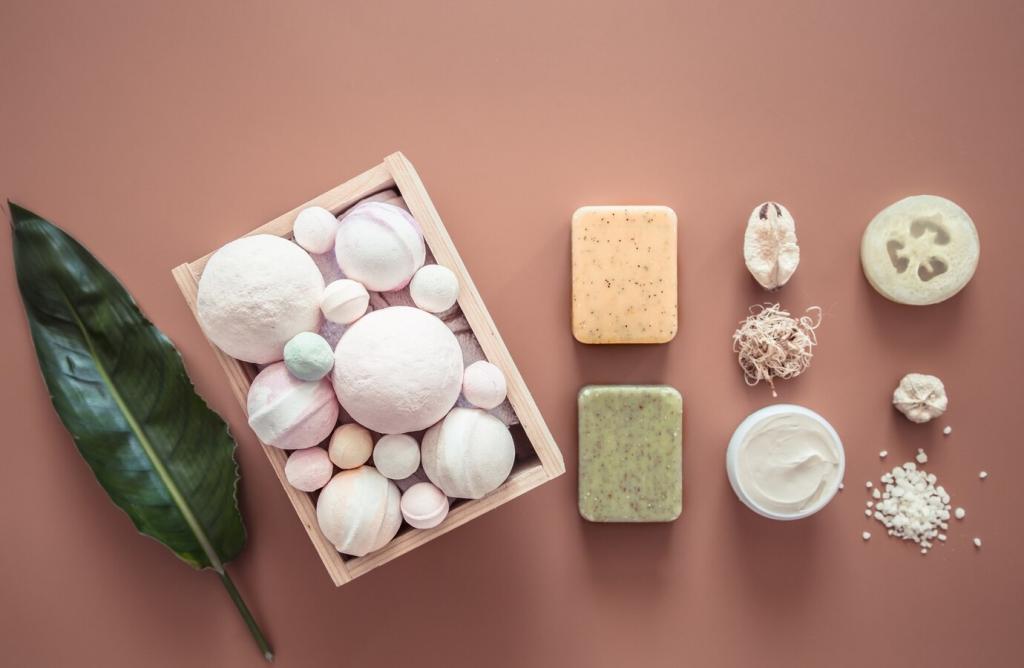
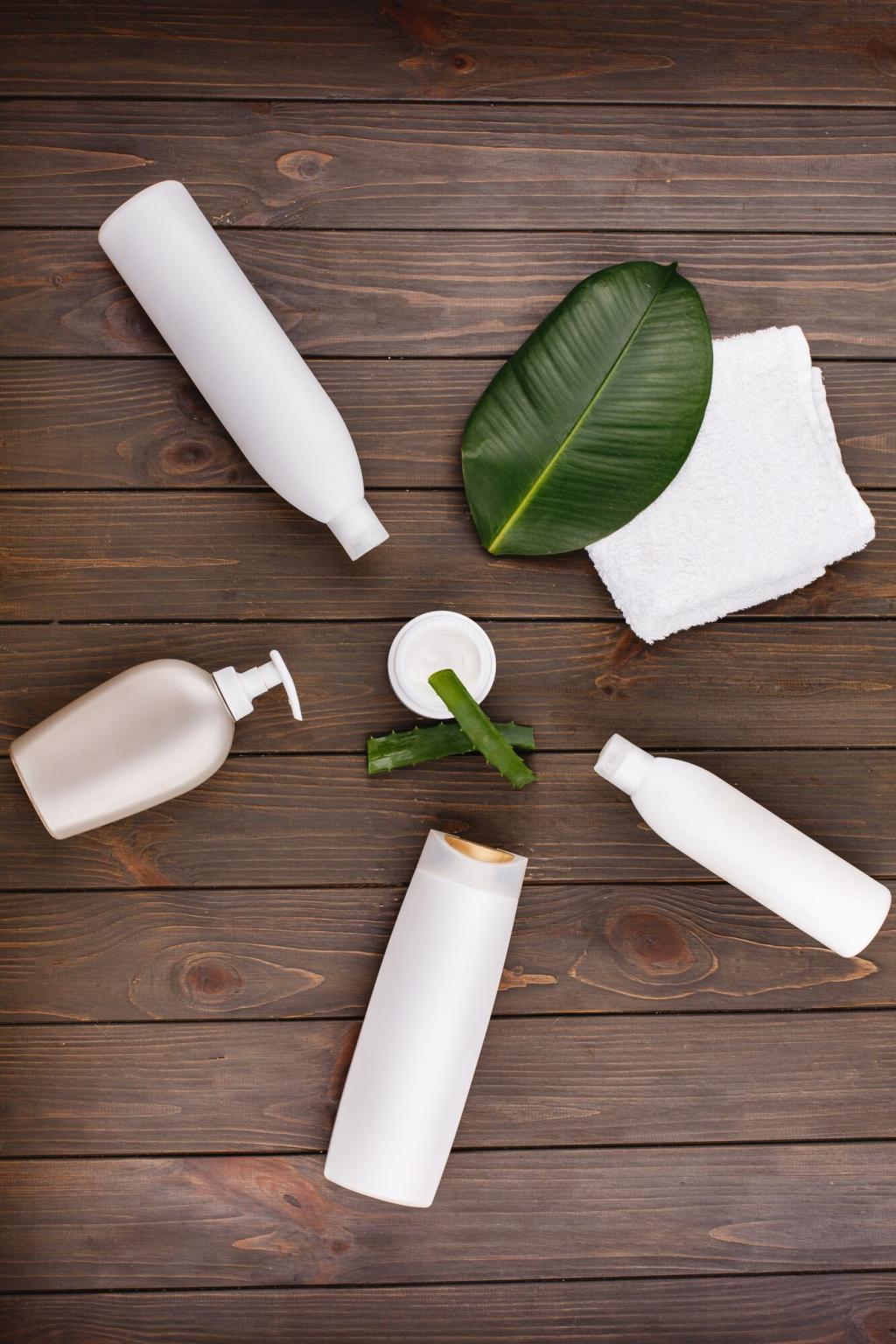
Care Routines That Preserve Finish and Reduce Waste
Weekly Dusting, Seasonal Polishing
A dry microfiber cloth lifts dust without chemicals. Reserve polish for seasonal refreshes or visible dryness. Track humidity to protect boards from swelling or cracks. Gentle regularity beats big, aggressive sessions. Subscribe for our seasonal reminders and printable routines tailored to your climate and furniture mix.
Small Fixes Before Big Problems
White rings from warm cups often respond to a cautious warm-iron cloth trick, followed by a whisper of wax. Nicks can blend with a wax stick before final buffing. Share your quick fixes, and we’ll compile the best into a reader-powered repair guide focused on safe, eco-friendly approaches.
Store and Label Like a Pro
Keep tins cool, sealed, and away from sunlight to prevent separation. Label batch dates and ingredients for easy repeats. If a polish smells off, repurpose tins and responsibly dispose of contents. Comment with your storage setups—pantry, workshop wall, or tote—and inspire others to stay organized.
Join our mailing list
